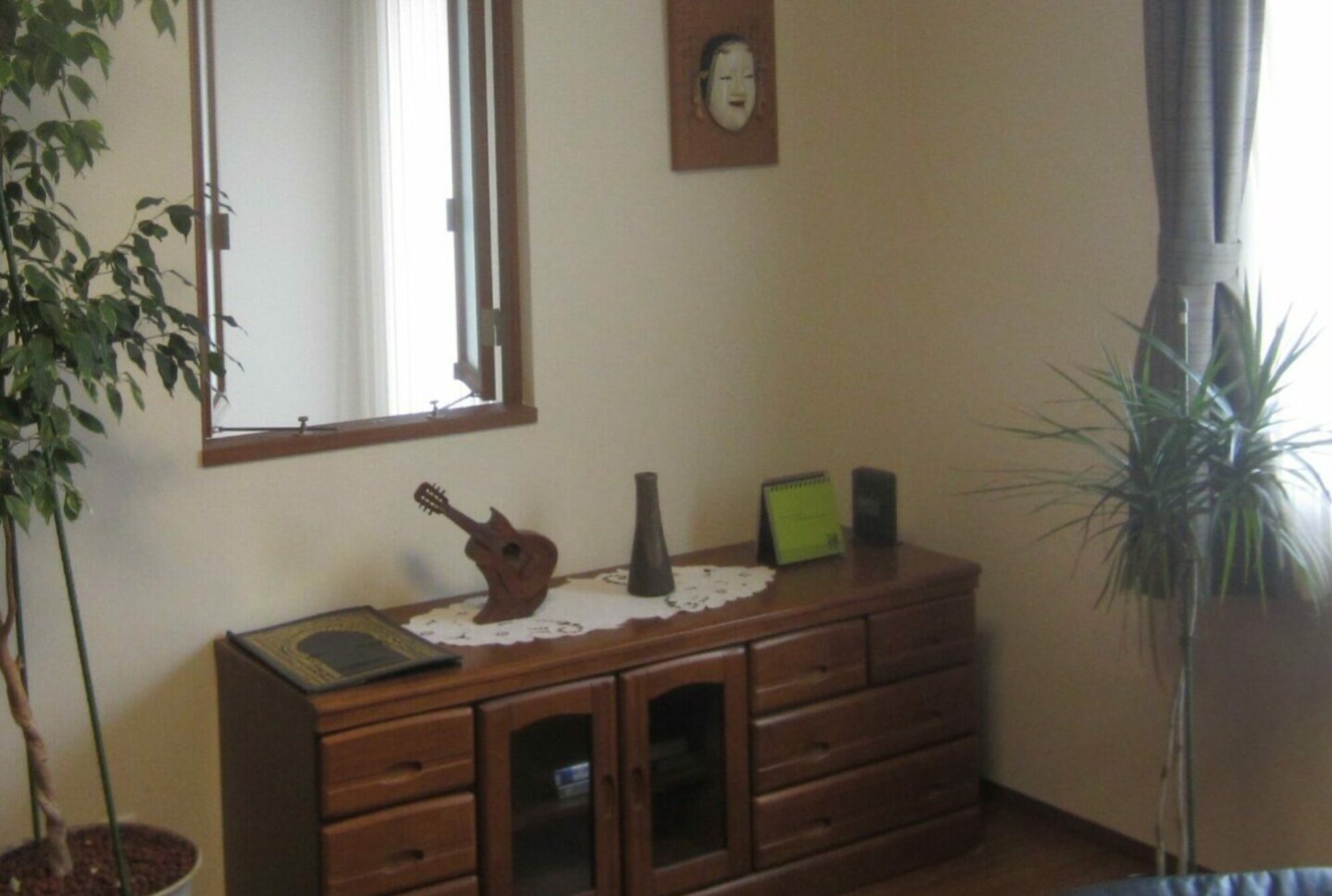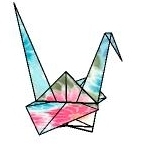Eos3.7.3 has improved functionality of traditional (classical folds) . See the examples below. Note that the examples for Eos3.7.2 and Eos3.7.2.1 may not work on Eos3.7.3 because of the changes of input parameter format of new fold functions.
Eo33.7.4 inherits and improved the functionality of traditional folds realized in Wos3.7.3. The following examples run on Eos3.7.4. Note that the revision work is now going on.
There is no fixed definition of traditional folds. We may also call it classical folds. Instead of trying to give a well-defined notion to some class of conventional origami, we present here typical fold methods of traditional origami. Generally, traditional folds allow us to construct origami more complex than by Huzita-Justin folds.https://www.wolframcloud.com/obj/ida.tetsuo.ge/Published/RabbitEarFold.nb
Our starting point in this direction of R&D is the following article we published in
T. Ida and H, Takahashi, A New Modeling of Classical Folds in Computational Origami. pp. 41 – 53, EPTCS 352 Proceedings of the 13th International Conference on Automated Deduction in Geometry Hagenberg, Austria/virtual, September 15-17, 2021, Editors P. Janičić and Z. Kovác.

